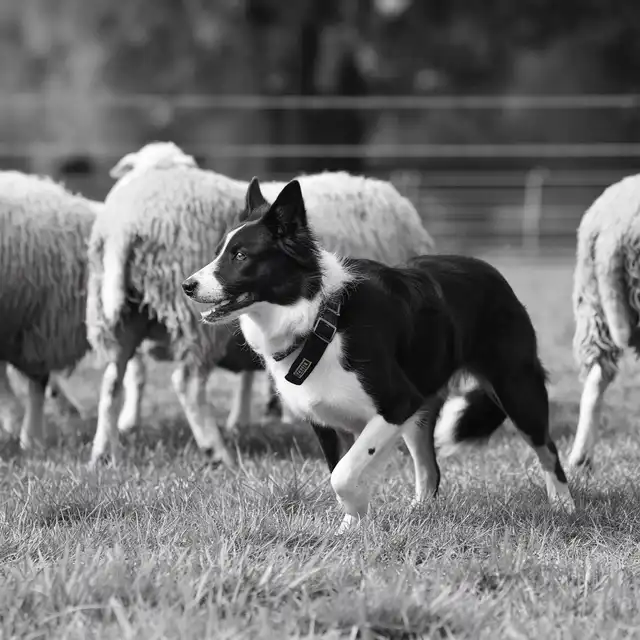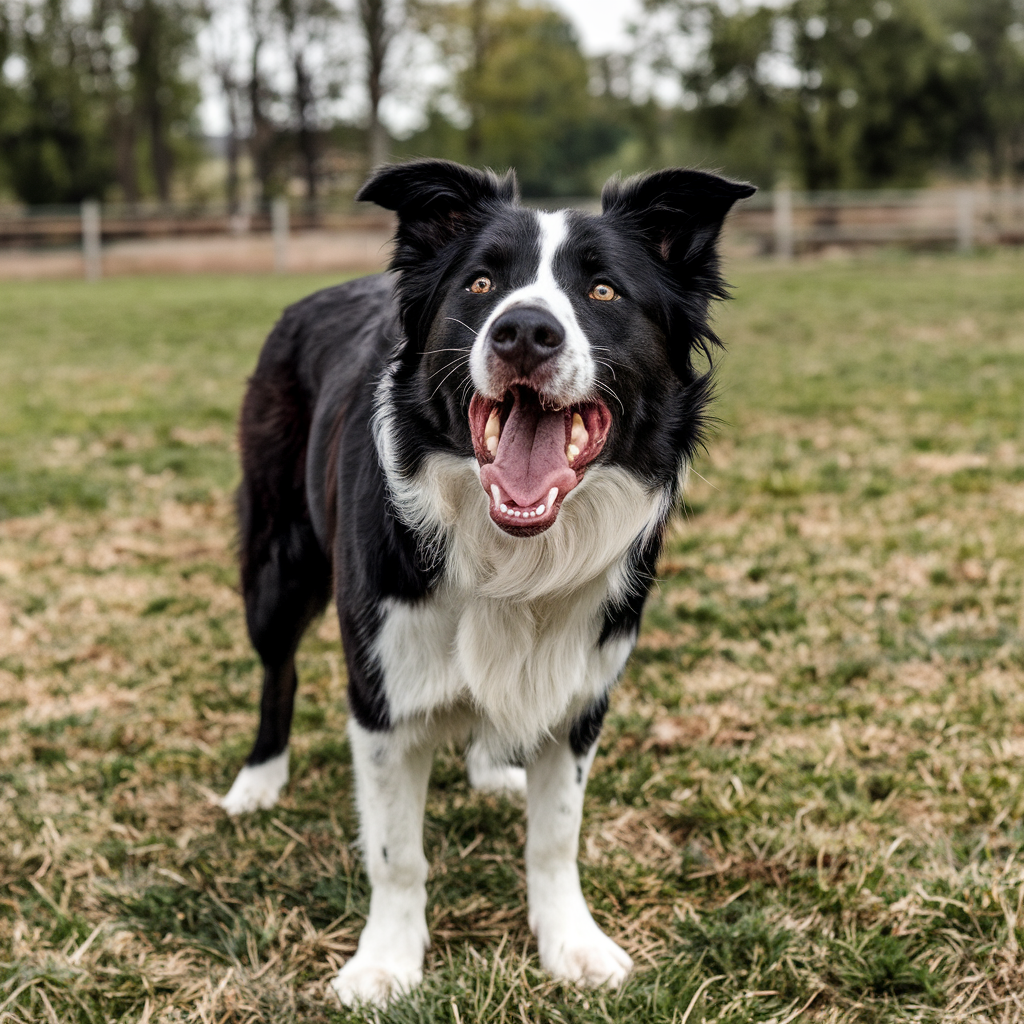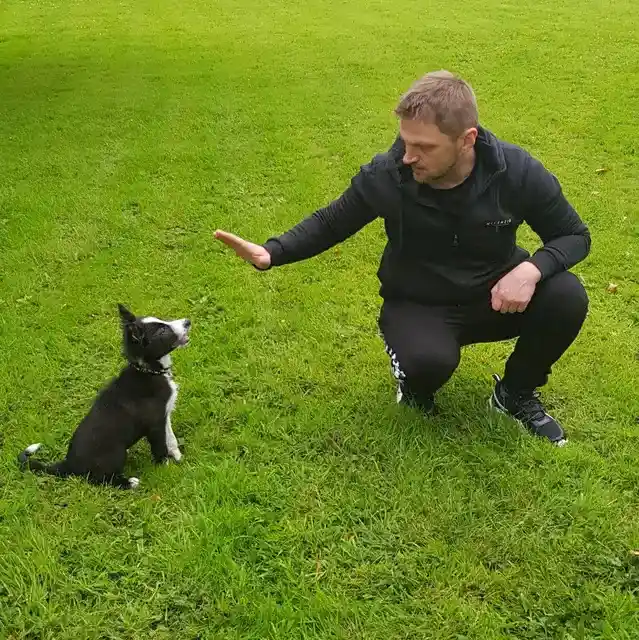-
·
Border Collie Myths Busted: What You Need to Know
Border Collie Myths So, you’re smitten with those soulful Border Collie eyes and their reputation as the “Einsteins of the dog world.” But before you fall for the hype (or the myths), let’s separate fact from fiction. Border Collies are brilliant, but they’re also one of the most misunderstood breeds. Let’s debunk the top myths…
-

·
A Look at the Border Collie’s Remarkable Mind
The Guide to Border Collies: Breed Facts, Care & Training Everything You Need to Know About the World’s Smartest Dog Origins of the Border Collie: A Herding Legacy Forged in Britain The Border Collie’s story begins in the windswept hills straddling Scotland and England, where 19th-century shepherds meticulously bred dogs for unmatched intelligence, agility, and…
-

·
The Border Collie: From Nightmare to Dream Dog
What is the most difficult age for a Border Collie? Have you stared at your once-obedient Border Collie puppy and wondered, “Who replaced my sweet dog with this rebellious teenager?” You’re not alone. Border Collies are brilliant, energetic, and endlessly curious, but their adolescent phase can test even the most patient owner. Let’s unpack why…
-

·
Training a Border Collie: A Guide for New Owners
The Border Collie – a breed that’s as sharp as a tack and as loyal as they come. These clever canines have been workin’ the fields for generations, herdin’ sheep with a keen eye and boundless energy. But here’s the rub: while they’re absolute champions at their day job, bringing one of these beauties into your…
-
·
Border Collie Training: A Love Story Between Dog and Owner
If you’ve recently welcomed a Border Collie into your home, you’re in for a treat – and possibly a bit of a challenge! These intelligent, energetic, and loyal companions are a true delight, but their boundless energy and sharp minds require proper guidance. Let’s dive into the world of Border Collie obedience training and unlock your pup’s full potential.…
-
·
Border Collies and Herding Trials: A Challenge for Working Dogs
Faith and begorrah, if you’ve ever laid eyes on a Border Collie in full flight, you’ll know why these magnificent dogs have captured hearts the world over. Today, we’ll dive into the world of Border Collie exercise requirements, exploring how to keep these brilliant working dogs happy, healthy, and out of mischief. The Border Collie: A Living Dynamo Border Collies, with…
